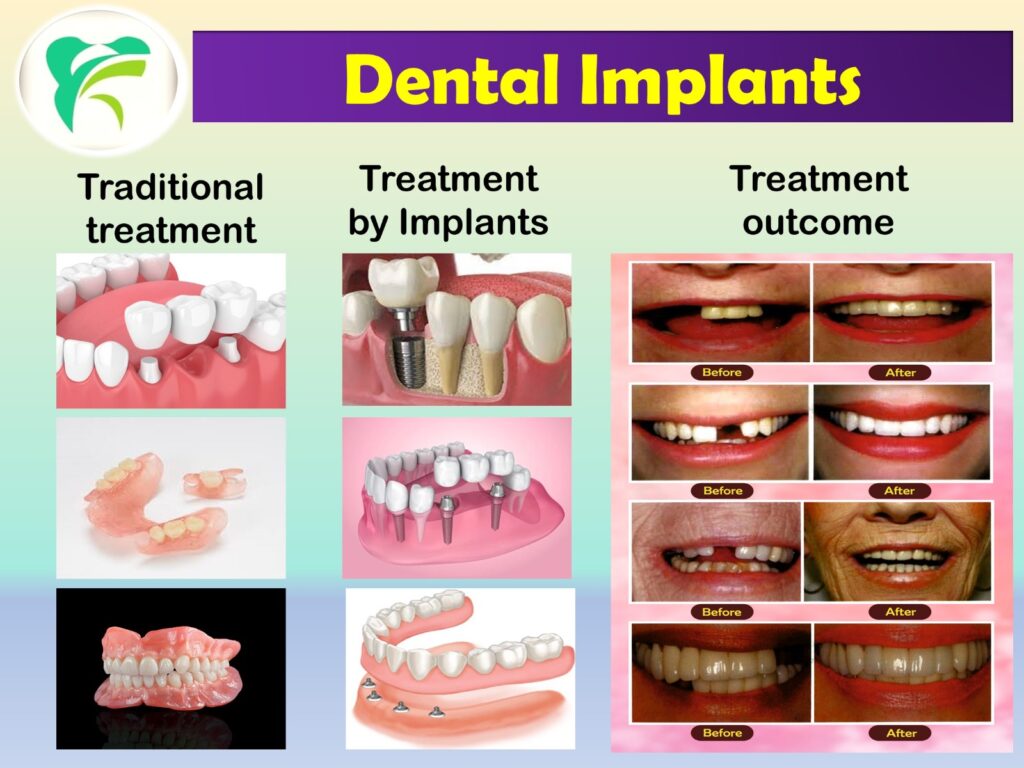Let’s get deeper into each step of the dental implant process with Radix dental care:
-
Consultation and Examination:
- During the initial consultation, the dentist will review your dental and medical history, including any medications you’re taking and any existing dental conditions.
- A comprehensive examination of your mouth, teeth, and jawbone will be conducted, often including dental X-rays or CT scans to assess bone density and structure.
- The dentist will discuss your treatment goals, answer any questions or concerns you may have, and determine if dental implants are the best solution for you.
-
Treatment Planning:
- Based on the examination findings and your treatment goals, the dentist will create a customized treatment plan tailored to your specific needs.
- The treatment plan will include details such as the number and location of implants needed, any necessary preparatory procedures (such as bone grafting), and the type of restoration (crown, bridge, or denture) to be placed on the implants.
-
Implant Placement:
- The dental implant procedure is typically performed under local anesthesia to ensure your comfort.
- Using precision instruments, the dentist will make a small incision in the gum tissue to access the jawbone.
- A specialized drill is then used to create a space in the jawbone for the implant placement.
- The dental implant, usually made of biocompatible titanium, is carefully inserted into the prepared site in the jawbone.
- Once the implant is securely in place, the gum tissue is stitched closed, and a healing cap or cover screw may be placed over the implant to protect it during the healing process.
-
Osseointegration:
- Over the next several months, the implant will undergo a process called osseointegration, during which it fuses with the surrounding bone tissue.
- This integration process is essential for ensuring the stability and long-term success of the implant.
- While osseointegration occurs, temporary restorations may be placed to maintain aesthetics and function.
-
Abutment Placement:
- Once osseointegration is complete and the implant has bonded with the jawbone, a small connector called an abutment is attached to the implant.
- The abutment protrudes above the gumline and serves as the foundation for the final restoration.
-
Final Restoration:
- After the gums have healed and the abutment is in place, impressions of your mouth are taken to fabricate the final restoration (crown, bridge, or denture).
- The final restoration is custom-designed to match the color, shape, and size of your natural teeth, ensuring a seamless and lifelike appearance.
- The restoration is then securely attached to the abutment, completing the dental implant process and restoring function and aesthetics to your smile.
-
Follow-up Care:
- Following the completion of the implant procedure, regular follow-up appointments with your dentist are essential to monitor the health and stability of the implants.
- Your dentist will provide instructions for proper oral hygiene practices and may recommend periodic professional cleanings to maintain the health of your implants and surrounding teeth.
Overall, the dental implant process is a multi-step treatment that requires careful planning, skillful execution, and diligent follow-up care to achieve optimal results. If you’re considering dental implants, it’s essential to consult with a qualified dental professional who can assess your individual needs and guide you through each stage of the treatment process.

